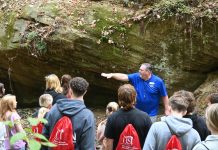August 30 – September 5The Week in Indiana History |
|||||||||||||||
“Judges are like umpires. Umpires don’t make the rules. They apply them. They make sure everybody plays by the rules. But it is a limited role. Nobody ever went to a ballgame to see the umpire.” – – – United States Supreme Court Chief Justice John Roberts Did You Know?   When telephone users were asked to limit long-distance calls during World War II, most did not complain. They were used to making adjustments and sacrifices in fighting the war from the “home front.” They were already using ration stamps to buy sugar, meat, butter, shoes, and rubber. Gasoline was tightly regulated. The average driver was allowed only three gallons a week. Automobiles were not produced during the war years. Someone who had purchased a brand new 1941 model before the war had the newest car on the road for at least four years. Many people started growing their own food. There were thousands of backyard vegetable gardens in Indiana and beyond. These “Victory Gardens” helped make up for much of the food which was being sent to troops overseas. Take an “Armchair Tour” of the Indiana Statehouse Answers: 1. a  2. c  3. b |
|||||||||||||||



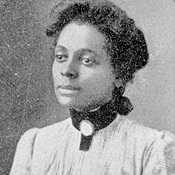
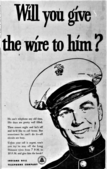
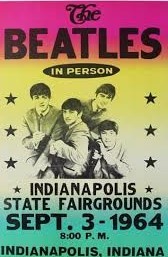
 1983   The first episode of season 2 of “The Joy of Painting” was broadcast on Public Broadcasting Stations across the country. The show, featuring popular artist Bob Ross, was produced at WIPB in Muncie, operated by Ball State University. Ross would continue to record his programs there until the end of the series in 1994.
1983   The first episode of season 2 of “The Joy of Painting” was broadcast on Public Broadcasting Stations across the country. The show, featuring popular artist Bob Ross, was produced at WIPB in Muncie, operated by Ball State University. Ross would continue to record his programs there until the end of the series in 1994. 1999   Groundbreaking ceremonies were held for the new Indiana State Museum in White River State Park in Indianapolis. To turn the first soil for the building, Governor Frank O’Bannon and First Lady Judy O’Bannon were assisted by 4th graders from Columbus, Terre Haute, Hammond, Muncie, and Indianapolis. They were chosen because it is in the 4th grade that students study Indiana history. The museum opened in May of 2002.
1999   Groundbreaking ceremonies were held for the new Indiana State Museum in White River State Park in Indianapolis. To turn the first soil for the building, Governor Frank O’Bannon and First Lady Judy O’Bannon were assisted by 4th graders from Columbus, Terre Haute, Hammond, Muncie, and Indianapolis. They were chosen because it is in the 4th grade that students study Indiana history. The museum opened in May of 2002.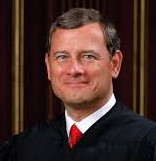 2005   President George W. Bush nominated John Roberts to serve as Chief Justice of the United States Supreme Court. Born in New York, Roberts moved with his family to Long Beach, Indiana, when he was age 10. He attended Notre Dame Elementary School in Michigan City and La Lumiere School in La Porte, where he was captain of the football team and graduated first in his class.
2005   President George W. Bush nominated John Roberts to serve as Chief Justice of the United States Supreme Court. Born in New York, Roberts moved with his family to Long Beach, Indiana, when he was age 10. He attended Notre Dame Elementary School in Michigan City and La Lumiere School in La Porte, where he was captain of the football team and graduated first in his class.


